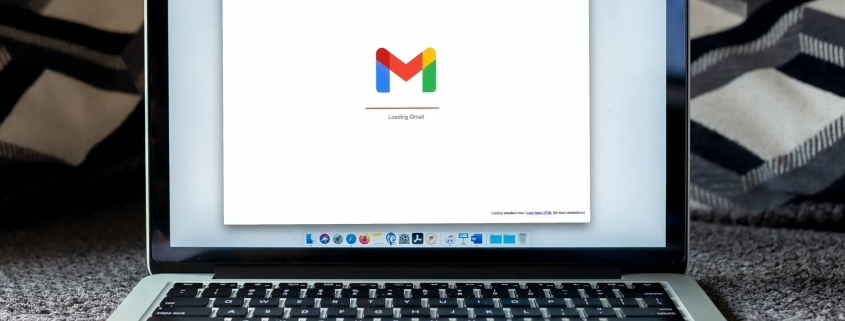You remember: with e-mail everything should become better. With the new communication channel, it had become possible to appeal to people in person with relatively little effort and within a short time. The addressees were no longer – as the telephone – forced to react immediately. E-mail virtually united the positive attributes of a letter, fax and telephone.
Is the path now back again? At least that is our current impression when communicating with journalists. The editorial offices are shrinking and so a journalist is now bombarded with hundreds of e-mails per day – much of it not relevant for him. The downside: relevant e-mails go lost as well. Thus, a standard response that we currently have on the phone: “Oh yes, sounds interesting. Have you sent me an e-mail?? Oh, you have. I didn’t see it, so good that you call me.”
If you call, however, at first, it usually means: “Please send me an e-mail.”
A colleague recently said in despair, maybe you have to email and call parallely as to the motto “I send you an invitation to the press briefing you surely want to participate just in that moment. I just called because you probably do not see the mail otherwise.” Great, Blacklist, I’m coming!
This is also a great answer: “Oh, you sent me a mail on my normal email address – this is the public folder in which I rarely take a look.” However, it is also off limits to use private e-mail of the editors, even if one has it.
Calls is unfortunately no general solution, because even in this channel are the journalists bombarded so much that many have their calls entirely intercepted by the assistant who then has the great advice: “Please send an e-mail.” One or the other editor is now well reachable by Twitter, Facebook or via other communities, or pops up on Skype. So for each contact one entry in the database, on which channel the journalist is best to reach and how – if at all – he handles his e-mails?
Perhaps we will soon be landing at the Japanese model, where the PR consultant contacts the journalists face-to-face in every issue. No wonder that the agencies normally have like 200 people there. In this sense – Sayonara! By the way: constructive feedback is very welcome; how do you manage your contacts with journalists? And how should PR firms approach this for their clients in general? Should more specialised people be hired for this? Should PR services explicitly address this aspect?
Jessica Schmidt and Wibke Sonderkamp

